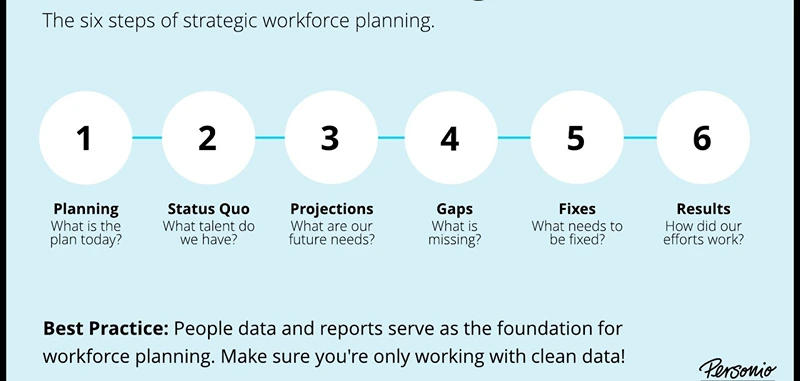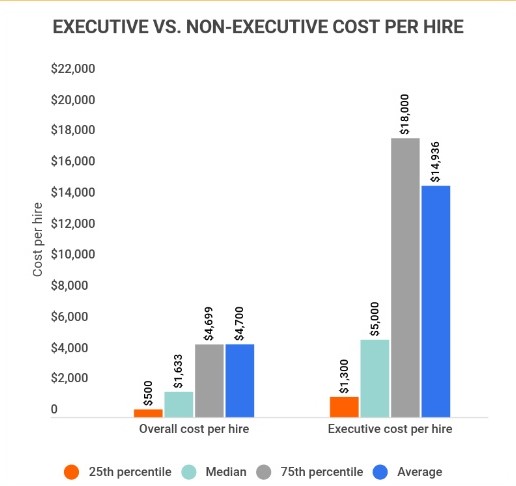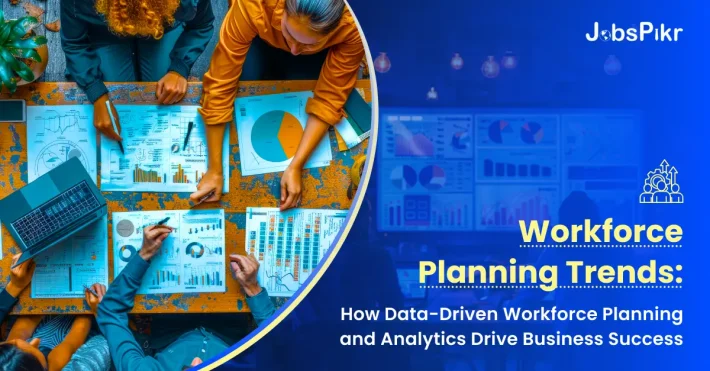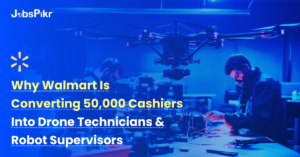Enterprise workforce strategies are undergoing a massive transformation, driven by the accelerating pace of change in global labor markets, disruptive technologies, and shifting employee expectations. Traditional workforce planning methods are no longer sufficient in an age defined by volatility, remote workforces, skills shortages, and real-time data. Instead, organizations are adopting data-driven workforce planning and analytics to gain a strategic edge.
This article explores the key workforce planning trends shaping how enterprises design, deploy, and retain their workforce in 2025 and beyond. From forecasting future hiring needs to optimizing talent allocation using labor market intelligence, we’ll break down how leading companies are adapting. This in-depth guide is designed for HR strategy executives, workforce analysts, business leaders, and operations heads who are navigating bottom-funnel workforce challenges.

Why Companies Are Prioritizing Strategic Workforce Planning
Strategic workforce planning has evolved from a tactical HR function to a central business discipline. Once primarily focused on filling headcount gaps, it now enables business leaders to align workforce capabilities with long-term business goals.
What’s Changing?
- Shift from reactive to predictive planning using AI and historical data trends.
- Increased demand for workforce flexibility, including contingent labor, gig workers, and hybrid teams.
- Integration of workforce planning into financial forecasting and operational planning.
- Focus on internal mobility and skill adjacencies to address talent shortages.
The best organizations recognize that workforce strategy must evolve with business models. Strategic workforce planning empowers companies to identify future talent gaps, build resilient pipelines, and reduce the costs of misaligned labor investment.
What Are The Key Workforce Planning Trends To Look Out For in 2025
The most forward-thinking companies are reimagining workforce planning with real-time analytics and agile planning models. Here are the top trends driving this shift:
1. Predictive Hiring Through AI and Scenario Modeling
Organizations are using historical hiring data and AI to project future headcount needs, turnover risks, and hiring timelines. Predictive analytics allows HR teams to proactively recruit, reducing time-to-fill and enhancing workforce readiness.
2. Labor Market Intelligence as a Strategic Input
Companies are leveraging external labor market data to understand supply, demand, salary benchmarks, and competitor hiring trends. This helps align hiring efforts with local workforce realities, especially in new geographies or high-demand industries.
3. Skill-Based Workforce Planning
Rather than focusing solely on roles, companies are mapping skills across the enterprise. Skill inventories, adjacency models, and upskilling strategies are being used to deploy internal talent more effectively.
4. Integration with Business Continuity and Risk Planning
Workforce planning is being embedded into broader enterprise risk and scenario planning efforts, especially for global organizations navigating economic disruptions, labor laws, or geopolitical volatility.
5. Cross-Functional Ownership and Collaboration
Workforce planning is no longer just the responsibility of HR. Operations, finance, and business unit leaders are co-owners, ensuring alignment between talent investments and performance goals.
6. DEI and Equity Considerations in Workforce Strategy
Progressive organizations are including diversity metrics in their workforce forecasts to build more inclusive talent pipelines and ensure equitable promotion and development outcomes.
The Role of Workforce Planning and Analytics in Forecasting Talent Demand
Workforce analytics enables organizations to move beyond static planning models. Real-time data insights provide a dynamic view of how workforce supply and demand shift across roles, geographies, and business cycles.
Forecasting Talent Needs
- Use of attrition forecasting models to predict voluntary turnover rates.
- Scenario analysis to project workforce changes under different growth or cost-containment strategies.
- Headcount modeling based on business plans, market expansion, and product innovation.
Optimizing Talent Allocation
- Skill-based deployment to match employees to priority initiatives.
- Identifying redundant roles or underutilized talent for reallocation.
- Workforce cost modeling to balance full-time, contingent, and freelance roles.
Enhancing Decision-Making
- Dashboarding and data visualizations for faster, cross-functional decisions.
- Real-time reporting on hiring metrics, cost-per-hire, and internal fill rates.
The organizations using advanced workforce analytics report up to 20% improvement in workforce utilization and 15-25% faster hiring cycle times (Source).
Workforce Management Trends in 2025: Agile, Adaptive, Data-First
Workforce management in 2025 is centered around agility and adaptability. Organizations must not only respond to current talent needs but anticipate future ones using data-driven workforce planning techniques. According to a survey, 70% of talent acquisition professionals feel that they now have a seat at the table in important conversations (Source).
Emphasis on Workforce Agility
- Developing internal gig marketplaces to increase talent liquidity.
- Building flexible staffing models with scalable contractor pools.
- Encouraging internal mobility and reskilling for rapid redeployment.
Real-Time Performance Monitoring
- Tracking engagement, productivity, and burnout indicators using digital tools.
- Using data to refine shift planning, scheduling, and workload balancing.
Integration with Talent Development
- Linking workforce planning with L&D to prioritize future-ready skills.
- Using analytics to target high-potential employees for growth opportunities.
Workforce management is no longer about control—it’s about enabling performance through informed decisions and agile systems.
Workforce Planning Techniques: Best Practices for 2025
To keep pace with transformation, companies must update their workforce planning techniques. Here are key practices shaping best-in-class strategies:
1. Build a Skills Taxonomy
Develop an enterprise-wide skills framework to map current and emerging skills across job families. Use it to analyze capability gaps and plan future workforce development.
2. Layer Internal and External Data
Combine internal HRIS and ATS data with external labor market intelligence to build robust, context-aware forecasts.
3. Scenario-Based Planning
Develop multiple workforce scenarios aligned to different business conditions (e.g., economic growth, automation investment, geographic expansion).
4. Use Role Criticality Models
Identify mission-critical roles and build succession plans for them. Prioritize these in your workforce analytics models and hiring strategies.
5. Institutionalize Workforce Planning Cycles
Move from annual planning to rolling, quarterly, or continuous workforce planning to maintain flexibility.
Case Studies: Data-Driven Workforce Planning in Action
Case Study 1: Tech Enterprise Uses Labor Market Intelligence to Reduce Cost-per-Hire
A global SaaS company implemented external job market analytics from JobsPikr to benchmark salaries and hiring timelines. By aligning job postings with regions where supply exceeded demand, they reduced cost-per-hire by 22% within two quarters.

Case Study 2: Manufacturing Firm Builds Internal Mobility Program Based on Skill Data
Facing a shortage of engineers, a manufacturing conglomerate used internal skill assessments and job performance data to build an internal mobility program. They identified 15% of employees as strong candidates for reskilling and cut external hiring needs by 30%.

Case Study 3: Financial Services Company Adopts Predictive Workforce Planning
A multinational bank integrated AI into its workforce planning system to model attrition, retirement, and regulatory shifts. The data-driven strategy led to better succession planning and helped reduce unplanned vacancies in critical compliance roles.
Turn Workforce Planning Trends into Your Competitive Edge
The organizations that will thrive in the next decade are not those with the most people—but those with the best-aligned workforce. With rising pressure to manage costs, fill skills gaps, and increase agility, adopting data-driven workforce planning and analytics is no longer a competitive advantage—it’s a necessity.
By embracing modern workforce planning trends, using real-time labor market data, and investing in predictive analytics, companies can future-proof their workforce strategy.Sign up with JobsPikr today to access labor market intelligence and workforce analytics tools that support smarter resource allocation, faster hiring, and more strategic workforce planning.



